Your Expert Guide to Content Distribution (With Framework Templates)
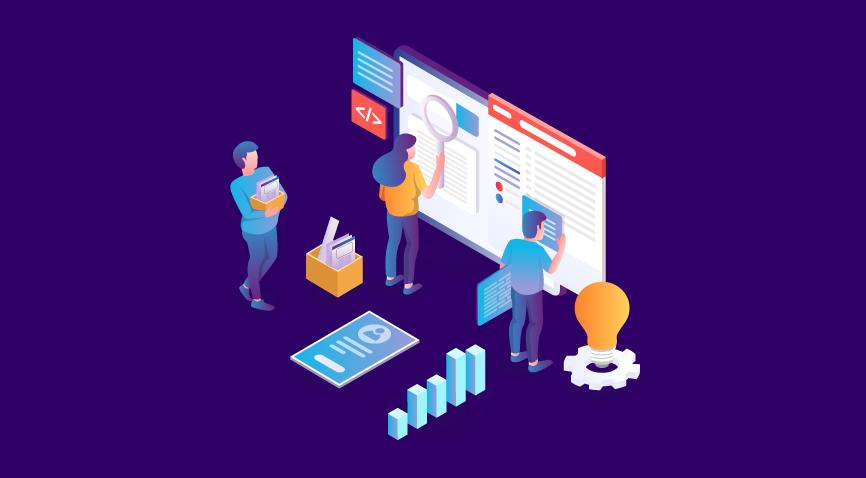
Table of Contents
- What Does Content Distribution Mean & Ways to Do it?
- What Parts of Content Distribution are Broken?
- What are Some Common Content Distribution Channels?
- Understanding Paid vs. Owned vs. Earned Media
- How to Approach Content Distribution
- Framework Templates
- Key Takeaways
- Conclusion
- FAQs
Marketing professionals and blog writers invariably put content distribution very low on their priority list. Imagine a person willing to spend 4 to 5 hours to create a blog, an hour for the accompanying video, but not giving a second thought about what it takes to distribute the content. That’s why you need a content distribution framework that gives importance to the minutest details to ensure enough time and effort are allotted for promoting the content.
Distributing content is no mean task; there’re social media algorithms to contend with, as well as SEO, which is essential for ranking the primary keywords.
What does Content Distribution Mean & Ways To do It
In a nutshell, content distribution is the process of promoting content to audiences on the internet in various media formats, using several channels. The success of your content depends on how efficient its distribution is, and how well you can manage it.
There are three primary ways content is distributed – Owned, Paid, and Earned.
Owned Distribution
This method utilizes websites and other web properties you own to publish your blogs, white papers, case studies, email newsletters, and via social media.
Paid Distribution
As the name suggests, you need to pay for your content to be distributed. The most popular paid content distribution method is Pay Per Click, or Cost Per Click, where every click, regardless of the outcome, has to be paid for by the content owner. However, the chances are bright for conversions.
Earned Distribution
Earned distribution involves a bit of effort and a wide network as you need to rely on others for distributing your content. It may be in the form of press coverage, guest blogging, sharing content, or retweeting. Product reviews often help distribute content to a wider audience.
Identify the best channels before distributing content
The best of content in the wrong hands is utterly useless. A basic content distribution strategy dwells on the need to first identify the best channels relevant to your target audience. If your target audience comprises senior citizens, it is unlikely that you will reach them on TikTok. Facebook is probably the best place to target Baby Boomers, and TikTok is where you’ll find the hip crowd hanging out. Hence, it makes sense to identify your buyer’s persona before selecting the channels to distribute your content. You may also want to review your resources and determine if you need to add more channels to your list.
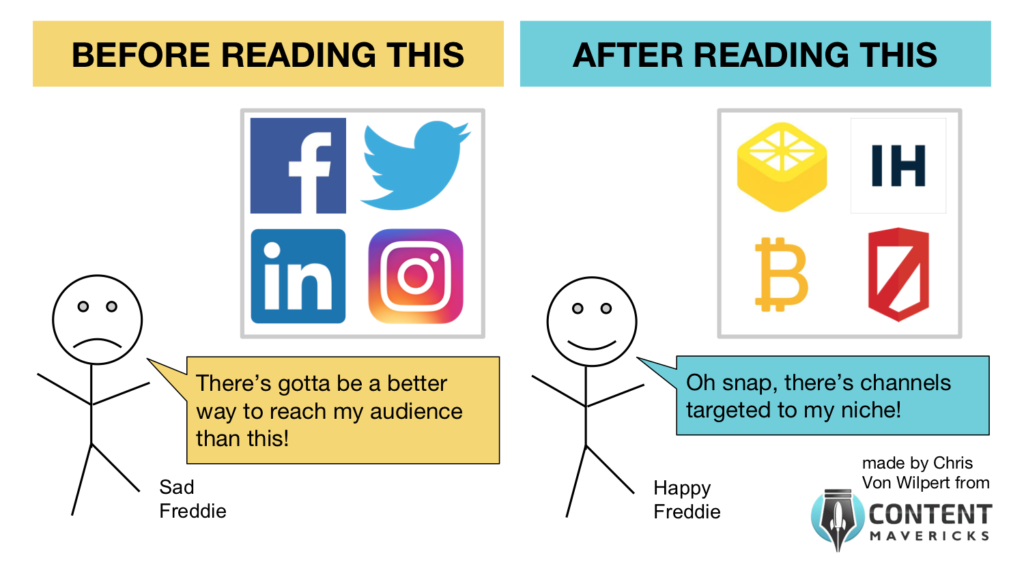
Chalk out a distribution plan
For every channel you have shortlisted, you need to create a separate promotion plan. Analyze each channel and check how it jells with the audience, how it matches your priorities and goals, and whether your team resources are sufficient. Unless the channel lines up to your expectations there is no point in selecting.
Make it a point to check these vital areas:
- Whether the target audience is active on the channel you have selected
- Will the channel help you best to accomplish your goals? Are there enough opportunities that may not be present elsewhere?
- Are your topics relevant to this particular audience? If not, you have to look at other channels instead of changing the topics
- Check how often you need to post on the channel, and which times will drive maximum traffic
- Verify if the content formats you have chosen suit this channel. Check which formats give you a competitive edge
- Is a conversational style best for this audience? Or do you need to tweak your content?
- Have an appropriate call to action buttons to drive traffic to specific pages on your website
- Promote your content and Intensify the Impact
Just publishing your content doesn’t guarantee it being viewed by your target audience. Your content distribution strategy must ensure that your content is found and read by the appropriate audiences, at the appropriate times and places. Remember that your deliveries should match the audiences’ expectations to encourage them to share them with their peers.
Go for the jugular
Make sure that you reach the decision-makers and not some lower-rung people. Have your sales team identify the most valuable contacts and pre-qualify them for you before you can target them. Such a focused approach ensures that your content distribution plan produces the best results, and helps you attain your goals.
Let your messages have an emotional appeal
A proper guide to content distribution defines the need to build a rapport to make the relationship stronger, which can be achieved by personalizing the messages in your content. Understand the names, characteristics, geographic areas, and behaviour patterns, interests, etc to ensure that the targeted audience resonates with your content. Reports indicate that personalized content helps build long-lasting relationships, and the metrics are measurable too.
Optimizing your content
One of the best content marketing tips you can get is about optimizing your content to ensure it reaches your target audience. Content discovery depends on how well it is optimized to enable search engines to discover it. Such optimized content pops up during the searches with queries relevant to your type of business.
While optimizing your content, focus on the following:
- Metadata helps categorize your content, add tags, page titles, URLs, etc., which helps search engines rank your content easily.
- Keywords, including long-tail keywords or phrases, let the search spiders know what your content is about. This makes it easy for the search engines to show search results matching searchers’ requirements. Try to strike the right balance between search volume and competition in the bidding process.
- Backlinks or link building is a process that helps you gain referral traffic from leading publications, social media influencers, celebrities, and other high-profile individuals with a large fan following.
- Call to action buttons are sirens that signal viewers and coax them to take a particular action, often promising something in return (free E-book download, coupons, etc). CTA buttons help increase your conversions.
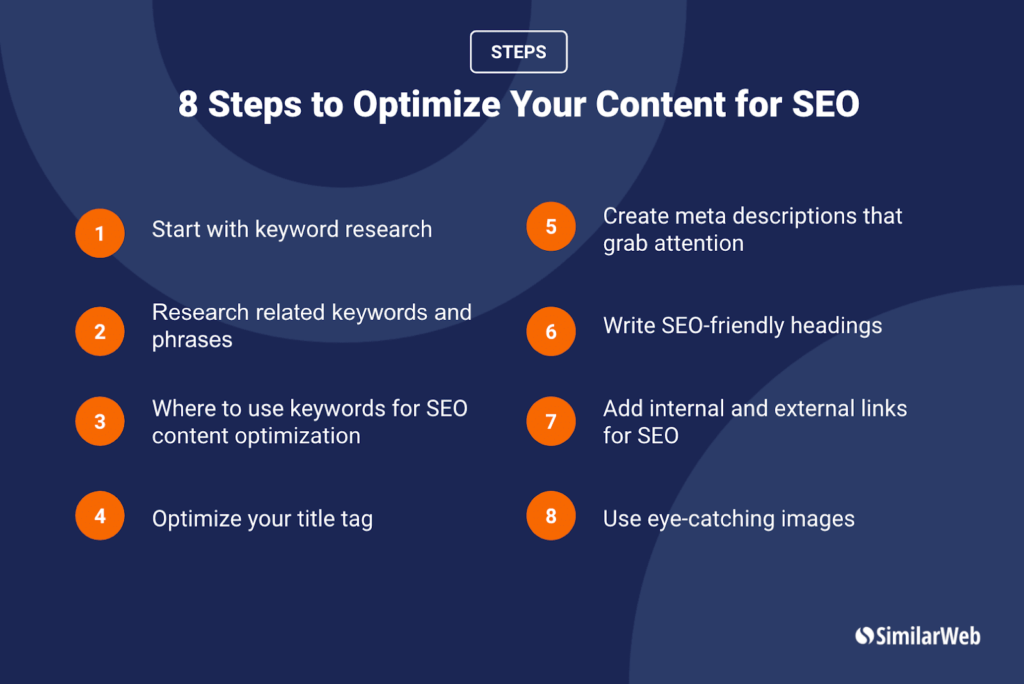
Don’t ignore paid opportunities
While organic methods of content distribution can play an important role in your content distribution framework, organic reach is on the decline. With search results and algorithms dominating the process, paid promotion offers guaranteed results. Seasoned marketers are aware of the paid advertising options available to them, and they also know that such a content distribution strategy works wonders. Paid options are good for promoting content, which can be promoted like any other brand, product, or service.
You can also tweak your content distribution plan by adding certain subtler aspects to your content distribution framework to make it more robust. Here are some:
- The ever-changing rules of publishing demand using native advertising, a concept that focuses on giving the readers something they are more in line with. A familiar tone and format make them feel at home, and they’ll be happy to read content that’s not very different from what’s available on any other third-party site.
- Branded content, something similar to native advertising lets you work closely with publishers who already have a user-base that is similar to your target audience. This is a sure-shot approach, where every user is a potential lead.
- Paid searches are the favourites of most content marketers because they know pay-per-click campaigns always appear on the top of search results. The trick lies in using appropriate keywords that don’t have too much competition.
- Influencer marketing works well on platforms like Instagram, where celebrities advocate brands, and as they command a strong following, conversions are guaranteed.
- Paid promotions, especially on social media help you deliver your content to a wider audience. Platforms like Facebook and Instagram are some of the best social media platforms for promoting paid campaigns.
Repurposing content is a smart idea
Whether organic promotion or paid promotion, when you use the same content over and over again, it tends to lose its appeal. However, old content is not stale content and can be repurposed to make it work all over again. You can choose select pieces of old content and amplify them to resonate and drive stronger results. Your brand’s value has to be constantly reinforced to ensure that it stays in the memory of your target audience.
There are a few recycling techniques you can use like:
- Republishing old content, especially if it still retains its original value, but is not so great on the performance front. It is better to tweak the content and update it with the latest information and republish it in the same feeds to make it available to the same target audience.
- Your long-form content (3000+ words) could do with some repackaging to make it look more appealing. Take a second look at your white papers, case studies, blogs, and E-books repackage them as smaller, more compact reads. These reads can also be tweaked by adding relevant information to make it appear as an all-new piece, making it more appealing to a cross-section of audiences.
- Just as repackaging can do wonders to your content, repurposing, which is the process of deconstructing your old content, can also make it look as good as new. No new content is added in this process, but the old content is repurposed in a new format. With the message remaining the same, the content is ready for distributing on new platforms as well.
- Contribution is another great content distribution strategy, and the process involves partnering with other exclusive news sites, trade journals, and other similar outlets that are ready to publish third-party content regularly. Otherwise known as syndication, this process can be paid or unpaid, but you always gain valuable backlinks.
What Parts of Content Distribution Are Broken?
There are several content distribution mistakes any seasoned marketer can make all your concentrated efforts futile. The traditional methods of content distribution no longer seem to work.
Social media gasping for breath
Did you know that because 95 million videos and images are posted on Instagram, 293,000 statuses are posted on Facebook every minute, and 456,000 tweets are being let loose on Twitter, leading to stagnation on social media? More people get their news from social media than from news channels. If you want to know what is happening this very minute, you head straight to Facebook or Twitter to check what’s cooking where.
While this may sound encouraging for content distribution professionals, they are dismayed by the fact that too many people are jostling for space on social media. Be it a start-up, media publication, or a small business, everyone wants to be on Facebook, Instagram, or Twitter with tons of content to be shared with millions of people. Amidst all the confusion, marketing professionals are fighting a losing battle to grab the attention of their target audiences. Is it a classic case of too many punters frantically searching for their niche group amidst myriad other groups?
Social media algorithms play spoilsport
Social media algorithms rule the roost and often play spoilsport. Social media giants are forcing marketers to keep tweaking their campaigns according to their ever-changing algorithms. All your efforts could go in vain because research reports indicate that only 6% of the followers of a page on Facebook ever get to view an organic post. All others view paid content that is distributed amid stiff competition.
With the decline of organic reach assuming alarming proportions, especially on Facebook and Twitter, all your efforts at building a page see a dismal turnout of followers. All social media sites want brands to opt for paid advertising, and marketers grudgingly comply, as that’s where the crowd hangs out, and that’s where they can find the money. Earning money through organic posts is passé. Hence, social media platforms do not allow too many people to see organic content. If you want more followers to see your content, you need to pay for it, even then there is no telling if the posts will reach every single follower you have.
You spend all your time and energy identifying your buyer’s persona and determining your target audience, who are certainly there on Facebook and/or Twitter. But there’s no guarantee you’ll reach them for free. Hence, your content distribution framework needs an urgent makeover to accommodate a new content distribution strategy that features more paid distribution than organic.
Cold emailing can be ignored
Cold emailing used to work pretty well until a few years back. It was one of the sure-shot ways of boosting traffic, with a bountiful harvest of backlinks as yield for your efforts. Sending emails is so easy, and gives you a chance to reach thousands and thousands of users; marketers tried to outdo each other and overdid it. Such flurry of activity couldn’t go unnoticed; the problem is it got noticed by the wrong people. Administrators started labelling such promotional emails as junk, and mercilessly deleted them. So much, therefore, those genuine emails with genuine intentions were labelled spam. Now, no one trusts cold emails, and it is one of the most broken parts of content distribution.
Fierce competition in SEO
It is true that content distribution cannot exist without search engine optimization (SEO) as it forms a bridge between the searchers and the content that offers solutions they seek. Putting you in touch with people already looking for what you have to offer – That’s the very foundation on which SEO works.
The problem is that SEO today is fiercely competitive, making popular phrases too popular that they’ve lost their uniqueness. Hence, even with the best of content, it’s highly unlikely that you’ll make it to page one. Only Google or Bing decides which page your content ranks on, and quality plays a small part in this exercise. It is almost a hopeless situation where you can’t afford to not optimize your content, and you can’t rely on it to drive all the traffic you need to achieve conversions. A balance between paid and organic makes perfect sense in such a scenario.
What are Some Common Content Marketing Distribution Channels?
Is it possible to distribute content without using any of the above-mentioned broken parts of content distribution? Yes, it is possible.
Here are some content marketing distribution channels that still work:
Search Engine Optimization (SEO)
We just now stated that SEO is too competitive, but there is a way around that. You only need to find out the finer points of how SEO works, and you can drive heavy traffic towards your website regularly.
Search engines play a crucial role in connecting people and content.
The good news is that people out there are already frantically searching for a specific product or service they need badly. That’s why content distribution tips from experts list SEO high on the list of priorities for content distribution. All you need to do is optimize your content for SEO and you can reach your customers sooner than you imagined.
Social media still works for content marketers
Although all social media channels are overcrowded, marketers still make a beeline to Facebook or Instagram to distribute their content simply because it works. Did you know that 4.2 million people use social media worldwide? An average user spends roughly two to three hours on Facebook, Instagram or Twitter (or all three). You are probably looking to target a small percentage of these people who make up your target audience. All you need to do is distribute your content on social media to reach them.
Email is still in vogue
Even today, 82% of B2B marketers rely on the traditional email marketing method for distributing their content. No wonder then that email ranks very close behind social media platforms. You are going to email people who have already taken action on one of your call to action (CTA) buttons; hence they are already expecting something from you. You may have promised a small gift like an E-book, and the best way to send it is via email. All you need to do is leverage this opportunity to your benefit and activate your content distribution system.
Understanding Paid vs. Owned vs. Earned Media
As a content marketer, when you go about designing a content distribution framework, you can’t rely totally on social media. You need to expand your reach by other means as well. To achieve this, you must focus on the following three distribution channels: Paid, Owned and Earned.
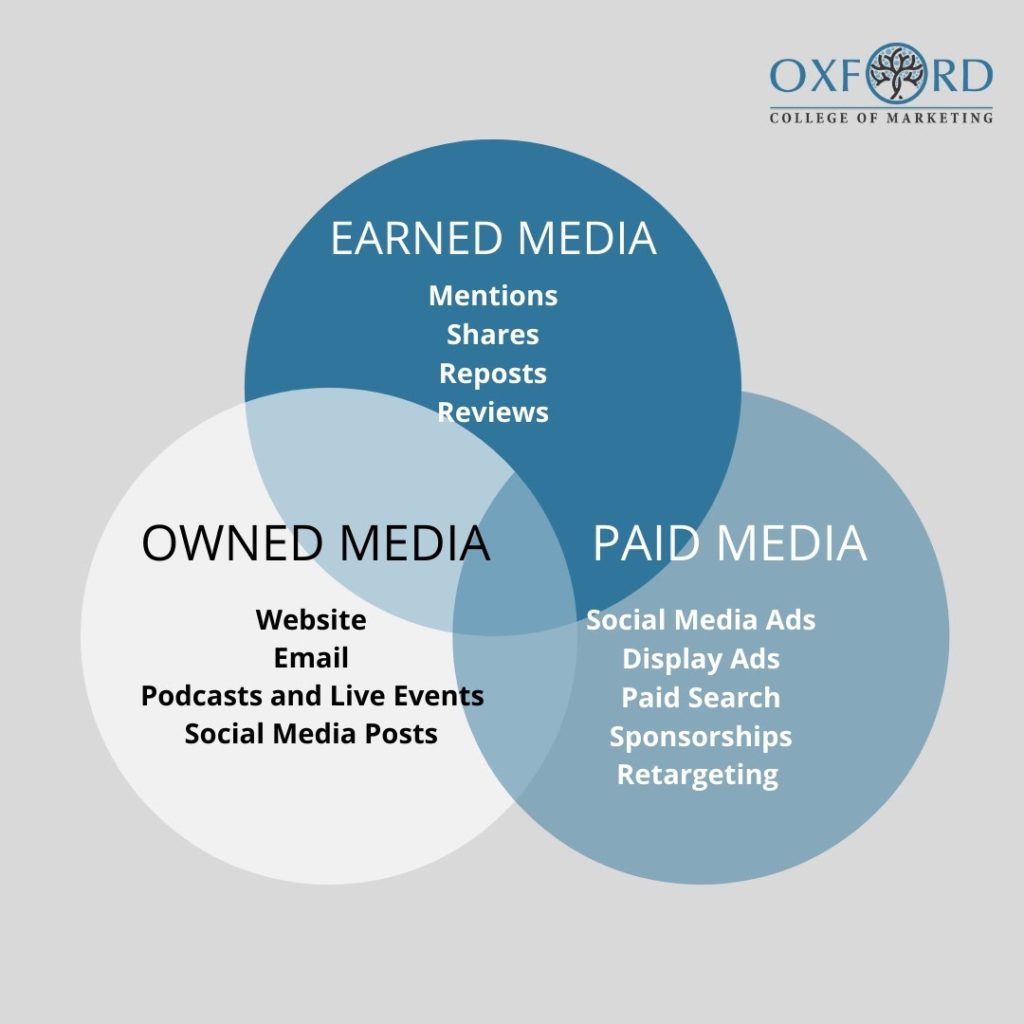
Paid Distribution
As the name signifies, paid distribution involves paying to reach your target audience, who may already be on another company’s buyers’ list.
You have the following to consider:
- Paid social media distribution
- Paid Google Ads
- Native advertising (via platforms)
- Sites to submit content for curation
When you adopt a paid content distribution strategy, you can rest assured that you will reach your target audience. It is easy to match your target audience’s expectations as the ad algorithms will present your content to the relevant audience.
However, you need to have a budget as paid distribution costs dearly. While results are guaranteed, sustaining revenues may not be an easy task, and your return on investment (ROI) may dip as you go.
Owned Distribution
The advantage of an owned content distribution system is the absolute control you have over the platforms. Your target audiences are captive and remain with you for as long as you want them.
The likes of owned distribution are:
- Facebook/LinkedIn Groups
- RSS
However, you must be prepared for a long wait before you start seeing results. That’s because you need to painstakingly build and take control of the content distribution channel. However, this is a reliable system that remains in your control throughout.
Earned Distribution
Earned distribution, as the name signifies, is a content distribution system that calls for sustained efforts. These earned distribution channels are already in someone else’s control, and you must work your way through to be noticed by the audience there.
Typical earned distribution examples:
- Search Engine Optimization (SEO)
- Medium
- Slideshare
- Forums like Quora
- Upvoting sites like Reddit, Growth Hackers, and Indie Hackers
Here again, you must depend on a third party, which is somewhat of a risk as when the popularity of a channel wanes you stand to lose. It is similar to organic searches on Facebook, where your posts are controlled, and the channel decides who gets to view them. SEO is a slow, painstaking process, and all could go to waste if any new algorithms are not in your favour.
How to Approach Content Distribution
By now you realize that getting your target audience to consume your content is of paramount importance. If you want to achieve this, you must incorporate the following as part of your content distribution strategy:
Plan your moves based on a content calendar
Too much, or too little of anything doesn’t work. You can’t be an annoyance to your customers by bombarding them with content continuously. Nor can you post content now and then, because you run the risk of your customers forgetting you. Hence, the need for a calendar, which should contain:
- Details of your promotions
- The channels you use to share content
- The dates, and precise time of your posts
You spend a lot of time and energy creating content, which must be shared with the relevant people at the appropriate day and time to be viewed to produce results.
Don’t forget to optimize
Although SEO is fiercely competitive, you can’t ignore it. You must create quality, engaging content with the relevant keywords if you want your content to reach its destination. Ensure that your website is designed with appropriate structure to be technically viable, and have each page optimized, and don’t forget to include backlinks. If you set your goals, it is not difficult to drive traffic based on search engine algorithms.
Focus on the keywords, and choose the ones that have low difficulty but have a high search volume. More importantly, the keywords you use must be relevant to what your target audience is looking for, and what you have to offer as well. Remember that SEO cannot take effect overnight. It is a process that takes its own time, but results are guaranteed if you understand the algorithms, and follow the rules studiously.
Don’t ignore social media
Keep using social media, because that’s what most of the others in the business are doing. You may have to tweak your content and approach regularly to ensure your content reaches your target audience. Focus on creating content featuring trending topics, and don’t forget to include images and videos. People are always hungry for new, happening things, and if you deliver it before anyone else, your audience will eagerly wait for your posts.
Although Facebook is the primary social media platform for distributing your content, you must also use Instagram and Twitter. You can also use LinkedIn if your business is related to corporate services and activities. The trick lies in experimenting with all the leading platforms before you can distinguish the ones that suit your needs better.
Use content people love to link
Backlinks are the life-breath in any content distribution strategy, the more the links come into your website, the better your site’s authority. Backlinks are favourable towards your SEO efforts and enhance your SEO momentum.
Content Distribution Framework Templates
Here are a few basic content distribution templates that will help you systematically distribute your content across various platforms.

2.
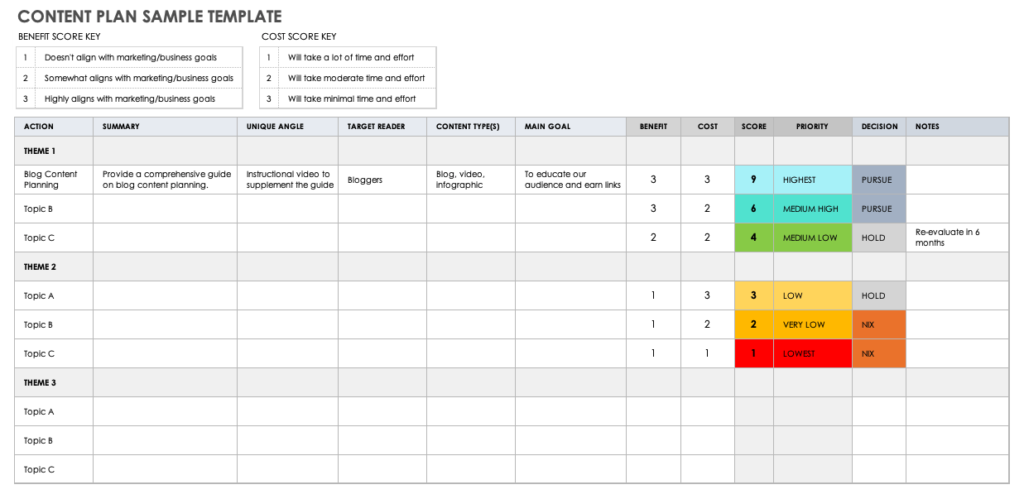
3.
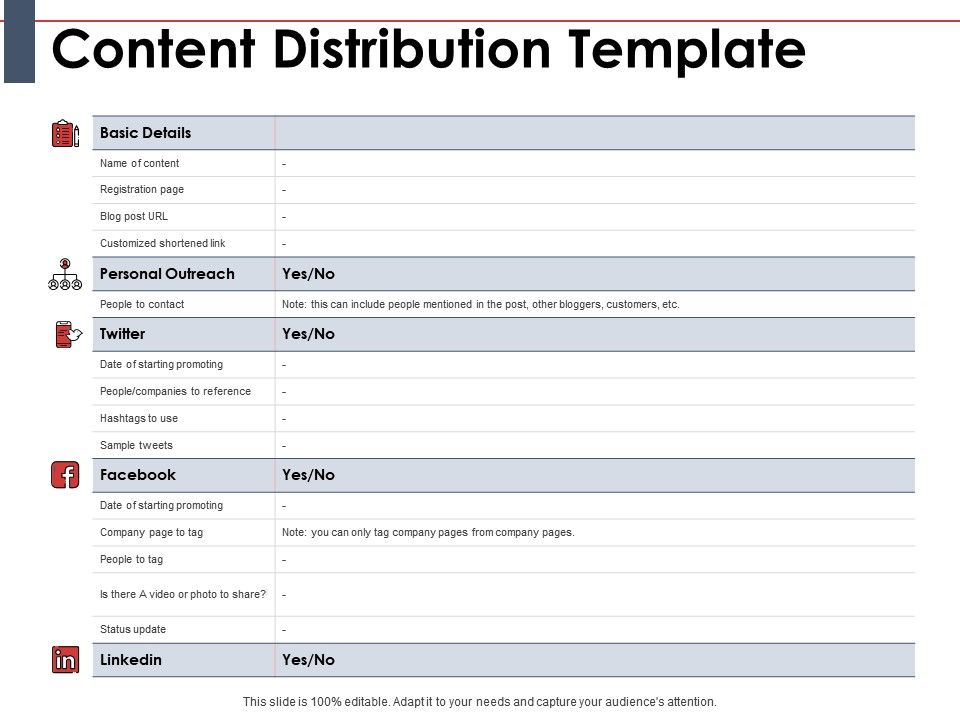
4.
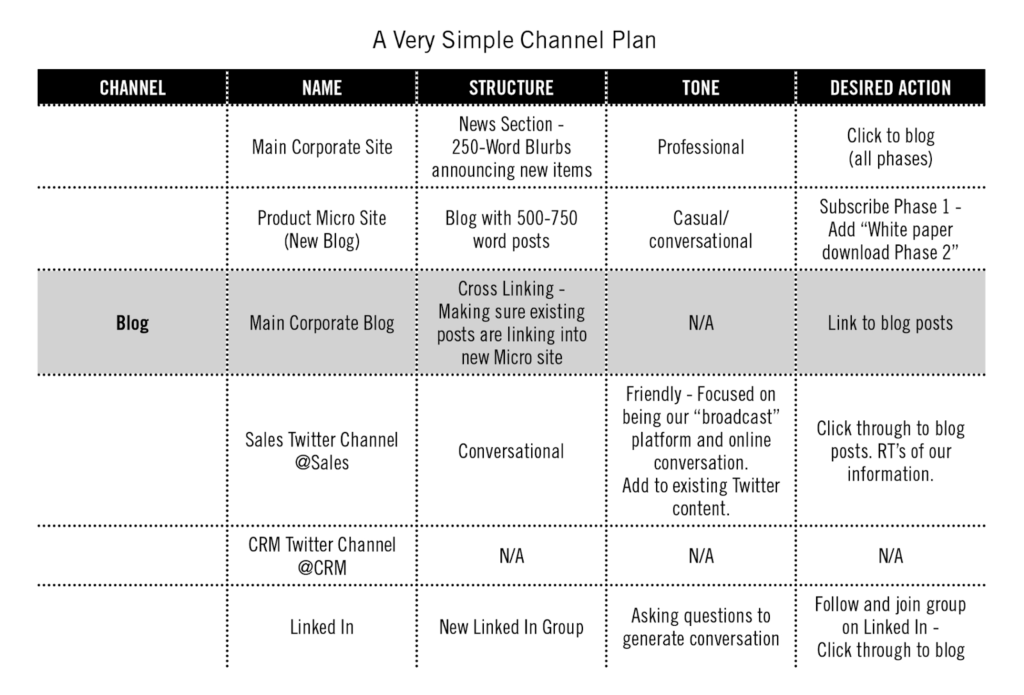
Key Takeaways
It makes sense to draw a balance between organic and paid content distribution as relying entirely on anyone could be more harmful than beneficial. However, on social media, it pays to opt for paid distribution as most platforms are overcrowded and teeming with users. Your content could easily get lost in the confusion.
Conclusion
Creating a master strategy plan for content distribution is not a one-time exercise. It is a process that involves constant tweaking based on algorithms and other factors. Much can be achieved by understanding your customers’ pain points and offering the solutions they seek.

FAQs
Every business house needs to create a well-planned document to conduct its marketing efforts. A content distribution framework may comprise blog posts, E-books, images, videos, and many such digital assets. Even if you create the best content, you cannot use it effectively without an efficient content distribution strategy.
To build an efficient content distribution strategy, you first need to identify your buyer’s persona to determine your target audience. You need to create content relevant to your target audience and audit it before publishing. Be selective in choosing your content distribution channels to avoid wasting precious time. Create different types of content like blogs, images, videos, and infographics. No content distribution plan is perfect unless you distribute and market it to the appropriate audience.
You need to have simple and easy ways to attract customers to view your content. One of the best content distribution tips emphasizes the need to have a well-designed website to publish your content, including blogs. An efficient content distribution system must also feature targeted emails and newsletters. E-books are a great way to distribute content. Don’t forget to include videos, press releases, social media posts, and guest blogging as part of your content distribution strategy. In short, your content distribution matrix should be a four-pronged approach covering all avenues.
An efficient content strategy is one of the best ways to establish your marketing goals and get your priorities right. It is easy to meet your marketing objectives when you have a well-planned content distribution strategy in place. Such a strategy ensures that the entire team works in harmony, and makes it easy to track the progress. With a working strategy in place, you can identify new opportunities and scale the business.
A good content strategy will consider key performance indicators (KPIs), and ways and means to achieve them. Such a strategy spells out every step that needs to be taken to achieve the set goals. If you are unable to meet your KPIs, it is time to rework your strategy by identifying what’s missing and rectifying it.
Each member of the content team should be assigned specific roles and responsibilities. Have a system to measure how much content is used in each marketing activity, and monitor performance. Make sure your distribution strategy syncs with the customer buying behaviour and cycle. The best content marketing strategy would focus on determining which content is responsible for the highest engagement and utilizing it for increasing conversions.
Latest Blogs
Explore how Google’s 2025 AI search updates triggered ranking chaos. Learn actionable strategies to adapt your SEO for AI Overviews, zero-click searches, and SERP volatility. Stay ahead now.
Learn how to rank on AI search engines like ChatGPT, Perplexity, and Gemini by optimizing your content for authority, structure, and relevance. Stay ahead in AI-driven search with this strategic guide.
Explore the best healthcare SEO services for your medical practice. Improve online visibility and effectively reach more patients in need of your services.


